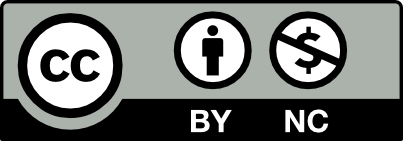
This is a preprint of:
Picturing Quantum Software:
An Introduction to the ZX-Calculus and Quantum Compilation
to be released by Cambridge University Press. It is released under Creative Commons Attribution-NonCommercial (CC-BY-NC) Licence v4.0, as per the terms of CUP’s Green Open Access Policy. It is copyright (C) Aleks Kissinger and John van de Wetering. All rights reserved.

This is version 1.2.0 and was prepared in August 2025. If you are reading this in The Future, make sure you get the latest version from
...or better yet, grab the published book from CUP! This is the colour version of the book. Colour and black-and white versions are available from the website above.